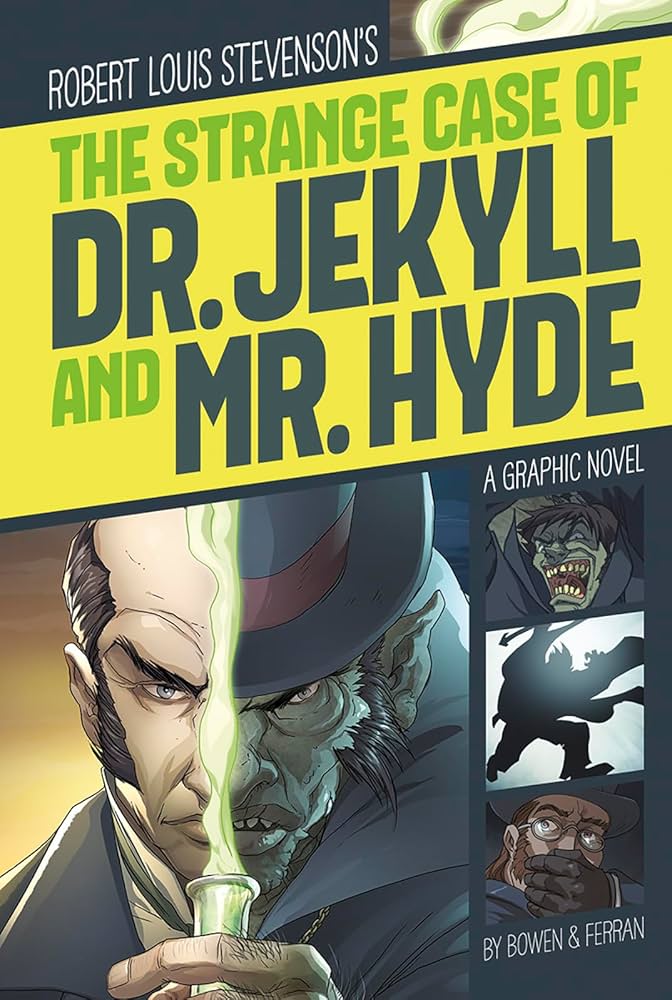Gothic waves
1/4
There's no tags or description
Looks like no tags are added yet.
Name | Mastery | Learn | Test | Matching | Spaced |
|---|
No study sessions yet.
5 Terms
First wave (setting)
1764-1818
set in past: mostly in Spain and Italy: anti-catholic thinking
not isolated in early gothic novels
melodramatic, sensationalistic
limited tropes
end: frankenstein: running out of steam - seems absurd
Second wave (location)
1880-1900
gothic comes back geographically set in contemporary world, closer to home e.g London - more threatening as it is closer: pinnacle of civilisation is London - a place where the Gothic typically resides now.
vicotrian london: poor and rich live close together. rural england landoqner and tenants diff heirarchy, but in city collisions between rich and poor
late victorian culture: fear of underculture in slums: fear of a revolution
Had many hidden spaces e.g alleyways: noir space: sense that things are hiding in city, labyrinth
illicit (hidden) homosexual brothels

Second Wave (Degeneration)
1880-1900
degeneration - idea that ppl were evolving backwards: darwin 1850s theory of evolution: descent of man - anxiety that evolution worked backwards due to bad environments
degenerates: linked to criminal types, foreigners, females, artists: by 20thc - eugenics - wiping ppl out
Third wave
1970s
New science
Twilight (series) USA
Interview with a vampire (Anne Rice) USA

Second wave (something monstrous)
1880-1900
The idea that the supposedly civilised (e.g doctors, lawyers: they have have something monstrous: everyone has something inside their heads which makes them monstrous) subject harbours something alien within is particularly emphasised by the return of the double: doppelgänger. Undermines the nature of the sense of identity: cannot understand oneself: the idea of the integrated/whole self comes under attack.